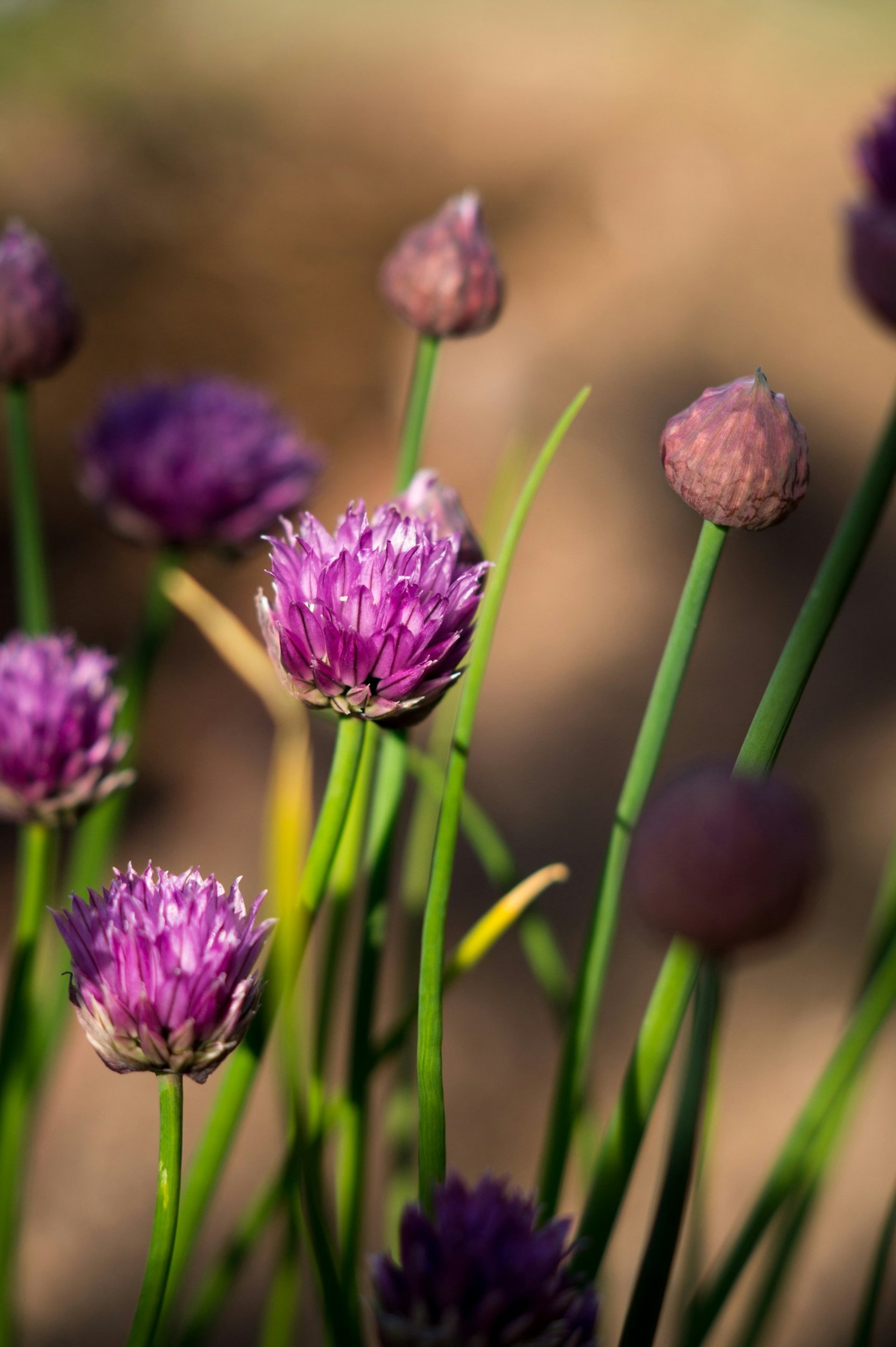
Wellness Evaluation, Natural Nutrition, Therapeutic Herbalism & Botanical Medicine, Natural Health Strategy, Gentle Self Care for Sustainable Living

Wellness Evaluation
Traditional Chinese Medicine (TCM)
is a complete medical system that has been used to diagnose, treat, and prevent illnesses for more than 2,000 years. TCM is based on a belief in yin and yang, defined as opposing energies, such as earth and heaven, winter and summer, and happiness and sadness. When yin and yang are in balance, you feel relaxed and energized. Out of balance, however, yin and yang negatively affect your health.
Practitioners also believe that there is a life force or energy, known as qi (pronounced "chee"), in every body. For yin and yang to be balanced and for the body to be healthy, qi must be balanced and flowing freely. When there is too little or too much qi in one of the body's energy pathways, called meridians, or when the flow of qi is blocked, it causes illness.
The ultimate goal of TCM treatment is to balance yin and yang by promoting the natural flow of qi. In an interesting analogy, often used to explain its nature, qi is described as the wind in a sail, we do not see the wind directly, but we are aware of its presence as it fills the sail.
The first writings about TCM date back to 200 BCE. Herbal medicine and acupuncture, including theory, practice, diagnosis, and treatment, were recorded in classical Chinese texts and refined over many centuries.
The practice of TCM stayed in Asia for centuries. Chinese immigrants had been practicing TCM in the United States since the mid-19th century, but its existence was unknown to most Americans before 1971. That year, New York Times reporter James Reston, who was in China covering former President Nixon's trip, had to have an emergency appendix operation. After the operation he received acupuncture for pain, and his stories about this experience with TCM fascinated the public. Since then, TCM has gone on to become a mainstream alternative medicine practiced all over the world.
The TCM practitioner will ask you questions about your medical history and do a physical exam to look for signs of imbalance. The TCM practitioner will examine your skin, tongue, and hair, as well as other parts of your body, from the brightness of your eyes to the color of your nails, and check 6 pulses on each of your wrists. The practitioner will also listen to your voice to assess your shen (spirit), and will work to determine if one or more of your organ networks are affected. The practitioner then tries to correct imbalances in your body by providing a combination of the therapies discussed above.
In traditional Chinese medicine, the quality of your pulse can offer a great deal of information about your overall health. With a pulse diagnosis, it’s the combination of factors that reveals the most information. Your oriental medicine practitioner will take into account the rate, depth, quality, and differences among the various positions in reaching any conclusions from your pulse. In TCM, these positions relate to the meridians and organ systems of the body giving further information regarding the location, nature, and severity of the imbalance and serves as a tool to measure the progression of treatment.
Ayurveda
In Ayurveda, one of the primary investigative tools of practitioners for determining the state of one’s health is tongue diagnosis or evaluation of the tongue.According to Ayurveda, the inner lining of the digestive tract is the most important determining factor for overall health. The inner skin, the epithelium, governs delivery of nutrients, removal of digested toxins, and the beginning of lymphatic and immune systems. Examining the tongue can offer useful insight into these functions.
Iridology Assessment
Iridology is the practice of analyzing the delicate structures of the iris (the colored portion of the eye). Iridology analysis reveals different conditions of the body, as well as where and in which stage they are manifesting.
The iris is the most complex tissue of the body that meets with the outside world. It is an extension of the brain, being incredibly endowed with hundreds of thousands of nerve endings, microscopic blood vessels, muscle, and other tissues.
Because it is connected to every organ and tissue of the body by way of the brain and nervous system, it is like a microcomputer readout of bodily function and condition, a miniature map showing the most remote portions of the body by way of nerve reflex responses.
Nerve fibers in the iris respond to changes in the body tissues. These changes are revealed in the character of the individual iris fibers. The iris records body constitution, inherent weaknesses, levels of health, and the transitions that take place in a person’s body according to the way he or she lives.
Iridology is a non-invasive assessment which allows one to see the health and functioning levels of the entire body. It is one of the best tools for assessing the conditions of the body.



